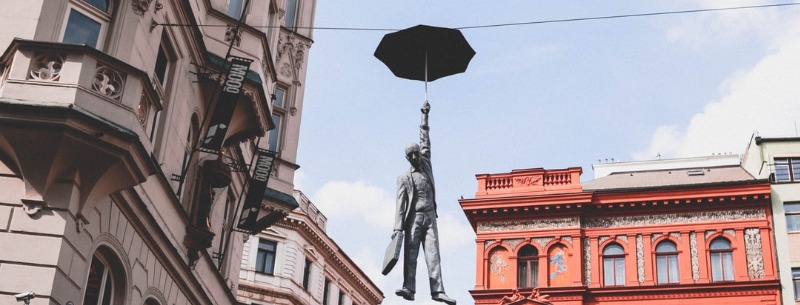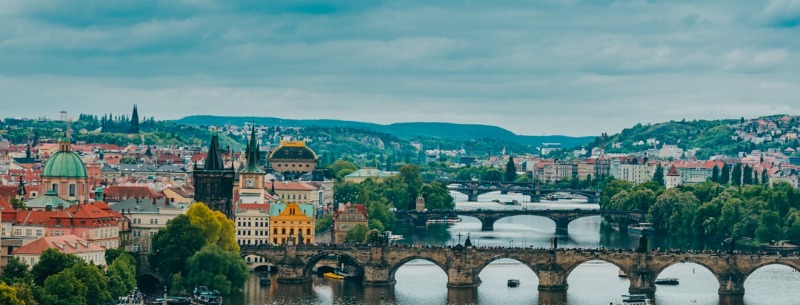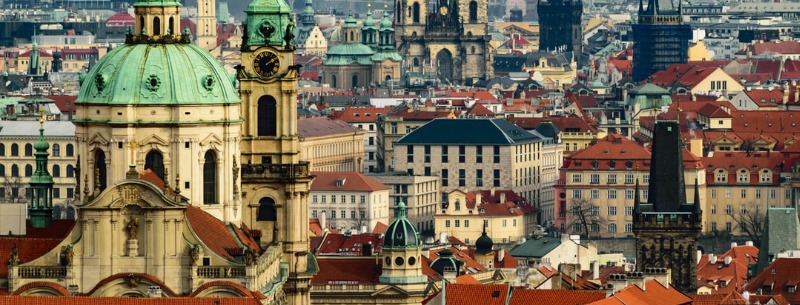2024 Czech Republic Vacation Guide
The Czech Republic’s jewel, its capital city Prague, is not the only area worth discovering in the country. Historic townships, imposing chateaus and traditional culture can be found in the outer regions, often without the crowds.
Ceský Krumlov
A fairytale town, set around the curved Vltava River, Ceský Krumlov’s orange, pointed roofs, story-book streets, and quaint inns enchant visitors year-round.
Although sometimes bursting at the seams with people, Ceský Krumlov radiates old-world charm, with a colorful Krumlov chateau looming high above the town.
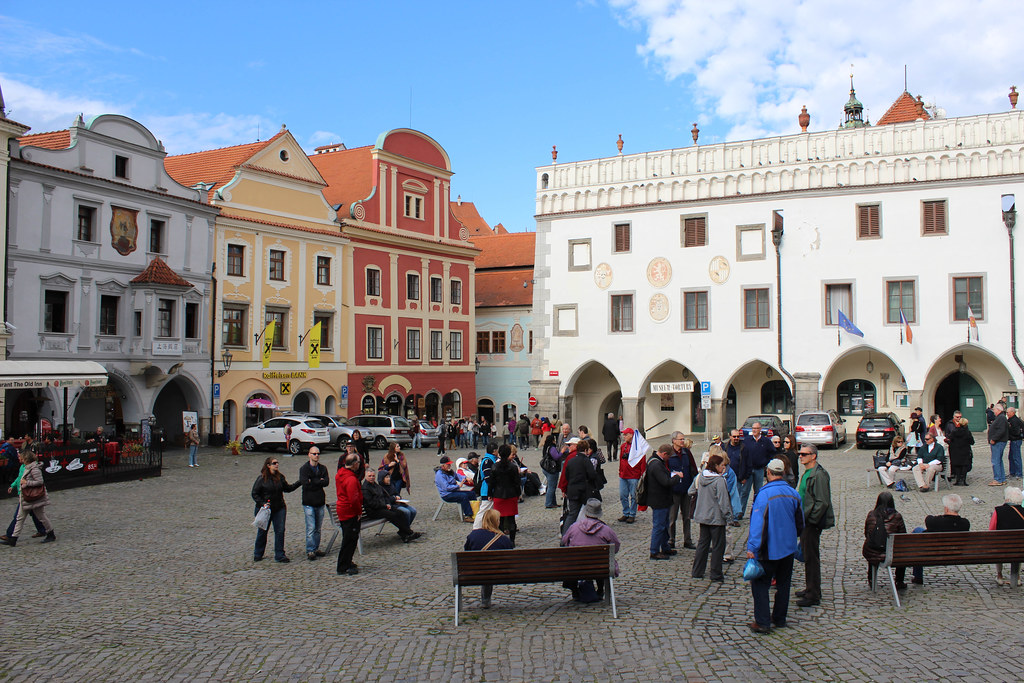
Couples stroll arm in arm over foot-bridges and lounge on the grassy banks of the river, while families explore Inner Town gems such as the Marionette Museum and the Museum of Torture.
Ceský Krumlov is three hours by bus from Prague and can be a tantalizing day trip, or, preferably, a weekend jaunt.
Accommodation options include the Castle View Apartments, with four poster beds and writing tables that face windows with views to the chateau, and U Maleho Vitka, with all rooms designed around wooden features and attic ceilings.
Mikulov in Southern Moravia
Southern Moravia is known for its wine regions and countless resident artists. With a thriving folk culture, historic towns, and imposing chateaus, it’s off the beaten track but loaded with interesting areas to explore.

Mikulov sits prettily on the back of a rocky hillside and, despite hosting various festivals throughout the year, still feels like a place undiscovered by tourists. With baroque and Renaissance facades, the town’s main square leads to cafes beneath crumbling archways and hilly streets full of old-fashioned shops.
An instructive trail, with English plaques, runs through the remains of the town’s Jewish quarter. The baroque chateau, burned down by the Germans in 1945, has been lovingly restored and includes a museum exhibiting winemaking and folk traditions.
Lednice
Just fifteen minutes by bus from Mikulov is the tiny town of Lednice, with a population of under three thousand people.
The drawcard is a magnificent chateau, its Neo-Gothic structure often used as a backdrop for movies and the endless queue of tourists waiting to see its ostentatious rooms and sprawling, sculptured gardens. Visiting in the summer months ensures pleasant walks through the exotic greenhouse and around green-circled lakes.
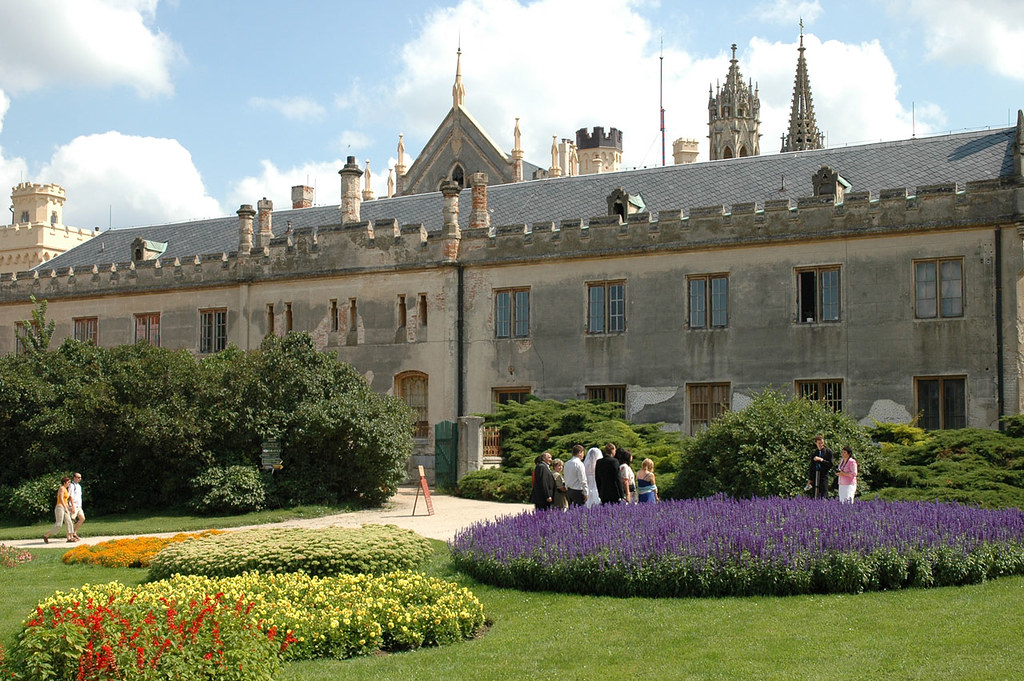
A marked trail south of Lednice leads keen bike riders or hikers to little-known castles and temples and the flat area surrounding the town makes it easy to explore, for all ages.
The Czech Republic countryside is a treasure trove of historic towns, artistic residents, and traditional culture, waiting to be discovered as it sits in Prague’s shadow.
Planning a Trip to the Czech Republic
When you visit the Czech Republic you feel the enchantment of the land, gazing at the ancient castles and cathedrals. Here are some preparation tips.
Located in the heart of Europe, the Czech Republic is a popular tourist area, with about 6.7 million tourists visiting the land in 2008. The country is filled with enchanting castles, cathedrals and offers various operas, plays, and other activities that present its rich culture and traditions. However, tourists should first know what to expect before leaving home.
Travel Requirements for Visiting the Czech Republic
American travelers need only a passport if planning to visit for less than 90 days. For longer trips, a Visa is needed. Also, for visits extending 30 days, visitors need to register with the local Foreigners Police Authority.
Currency and Tipping in the Czech Republic
The Czech Republic is included in the European Union. However, the Czech crown is the official currency. Although some restaurants, stores, and hotels will accept euro payments, the rate of exchange may not be good. It’s helpful to use a currency converter before making a purchase, so you have a reasonable idea of what an item or service is worth. The standard for tipping is about ten percent for most of the country.
Czech Republic Weather
Lying in the temperate climate zone, the Czech Republic has cool summers and cold, cloudy as well as humid winters. That’s why the ideal seasons to visit are in late spring and early fall. The driest weather is usually from mid-July through mid-August.
Safety in the Czech Republic
Pickpocketing – As in any large city, there’s the caution to be alert for area pickpocketing, especially in crowded public areas. To avoid becoming a victim, wear your backpack in front of you and stay in a group of people to ward off any pickpockets.
Break-ins and auto thefts – Unfortunately, break-ins and auto thefts occur often in the Czech Republic, mostly in major areas. Visitors are urged to park in garages and anti-theft devices, as well as never leave valuables in vehicles. Even when on tours, most tour guides make tourists take their belongings with them even if they stop for a short time period to view the scenery.
International Threats – The Czech Republic is relatively a safe country, free of terrorist incidents, although its open borders with neighboring countries may present openings for terrorist activities. As in visiting any foreign country, American tourists should frequently check with the Department of State Bureau of Consular Affairs website to monitor travel warnings and alerts. Call 1-888-407-4747 for current data on security.
Transportation System in the Czech Republic
The Czech Republic’s public transportation system is one of the best in Europe. Metros, trams, and buses are used by most of Prague’s population, making it easy to get across the city quickly. There are also buses and trams you can easily catch at subway stations.
Czech Republic Road Usage Tax Sticker
If you’re driving into the Czech Republic you’ll need to secure a road usage tax sticker for your vehicle if you plan to drive on a major highway. Although there are signs warning tourists of this requirement near the border, they’re easy to miss. You can get stickers at gasoline stations. If caught without a sticker you’ll be required to pay a fine.
Electricity in Czech Republic
When bringing along electrical equipment such as computers, hairdryers, or other items you plan to use in your Czech hotel, be sure to bring an adapter. The electricity AC is 230 volts in the Czech Republic.
Finally, study the various Czech Republic websites and decide what cultural sites you want to visit. While a tour in another area, such as the Holy Lands, is more structured, visiting the Czech Republic allows more free time for tourists.
History
Czechoslovakia’s “Velvet Revolution” in November 1989 was probably the most unequivocally positive of Eastern Europe’s anti-Communist upheavals, as the Czechs and Slovaks shrugged off 41 years of Communist rule without a shot being fired. But the euphoria and unity of those first few months evaporated more quickly than anyone could have imagined. Just three years on, the country split into two separate states: the Czech Republic and Slovakia. The Czechs – always the most urbane, agnostic, and liberal of the Slav nations – have fared well, although they are now having to contend with growing unemployment and an increasing cost of living.
Almost untouched by the wars of the twentieth century, the capital, Prague, is justifiably one of the most popular destinations in Europe. An incredibly beautiful city with a wealth of architecture, from Gothic cathedrals and Baroque palaces to Art Nouveau cafés and Cubist villas, it’s also a lively meeting place for young people from all over Europe. The rolling countryside of Bohemia is swathed in forests and studded with well-preserved medieval towns and castles, especially in the south around Ceské Budejovice . In the west, you’ll find the old watering holes of the European aristocracy, the spa towns of Karlovy Vary and Mariánské Lázne . The country’s eastern province, Moravia , is every bit as beautiful, only less touristy. Olomouc is the most attractive town here, but Brno , the regional capital, has its own peculiar pleasures.
